Title
Preface
Contents
Mobile Robot Navigation
Autonomous Mobile Robot Navigation
Why Vision in Navigation?
Vision-Based Navigation
Vision Based Indoor Navigation
Vision Based Outdoor Navigation
State of the Art
Obstacle Detection and Avoidance
Summary
References
Interfacing External Peripherals with a Mobile Robot
Introduction
PIC Microcontroller Based System for Interfacing a Vision System with a Ready-Made Robot
The Integrated System Employing KOALA Robot with a PC and a Vision System
Real-Life Performance Evaluation
Summary
References
Vision-Based Mobile Robot Navigation Using Subgoals
Introduction
The Hardware Setup
A Two-Layer, Goal Oriented Navigation Scheme
Image Processing Based Exploration of the Environment in Layer 1
Shortest Path Computation and Subgoal Generation
Indigenous Development of Vision-Based Mobile Robots
Introduction
Development of a Low-Cost Vision Based Mobile Robot
Development of Microcontroller Based Sensor Systems for Such Robots
IR Range Finder System with Dynamic Enhancement1
Optical Proximity Detectors Using Switching-Mode Synchronous Detection Technique2
The Intranet-Connectivity for Client-Server Operation
Summary
References
Sample Implementations of Vision-Based Mobile Robot Algorithms
Introduction
Lesson 1
Lesson 2
Lesson 3
Lesson 4
Lesson 5
Lesson 6
Lesson 7
Lesson 8
Lesson 9
Lesson 10
Summary
References
Vision Based Mobile Robot Path/Line Tracking
Introduction
A Preview of the Proposed Scheme
A Fuzzy System for Vision Based Robot Navigation
The IR-Sensor Based Obstacle Avoidance by Employing a Fuzzy Algorithm
Real-Life Performance Evaluation
Summary
References
Simultaneous Localization and Mapping (SLAM) in Mobile Robots
Introduction
Extended Kalman Filter (EKF) Based Stochastic SLAM Algorithm
Neuro-fuzzy Assistance for EKF Based SLAM
The Neuro-fuzzy Architecture and Its Training
Methodology Employing Particle Swarm Optimization (PSO)
Architecture of the Neuro-fuzzy Model
Training the Neuro-fuzzy Model Employing PSO
Performance Evaluation
Training a Fuzzy Supervisor Employing Differential
Evolution (DE) Based Optimization
Performance Evaluation
Summary
References
Vision Based SLAM in Mobile Robots
Introduction
The Dynamic State Model for the Differential Drive Koala Robot
Vision Sensing Based Image Feature Identification, Feature Tracking and 3d Distance Calculation for Each Feature
Real-Life Performance Evaluation
Summary
References
Index
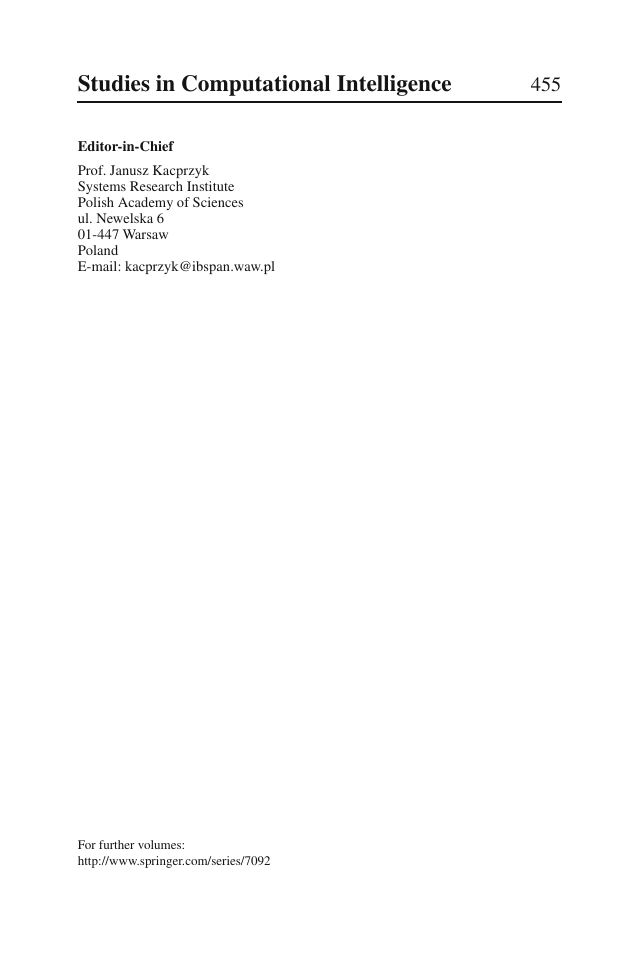
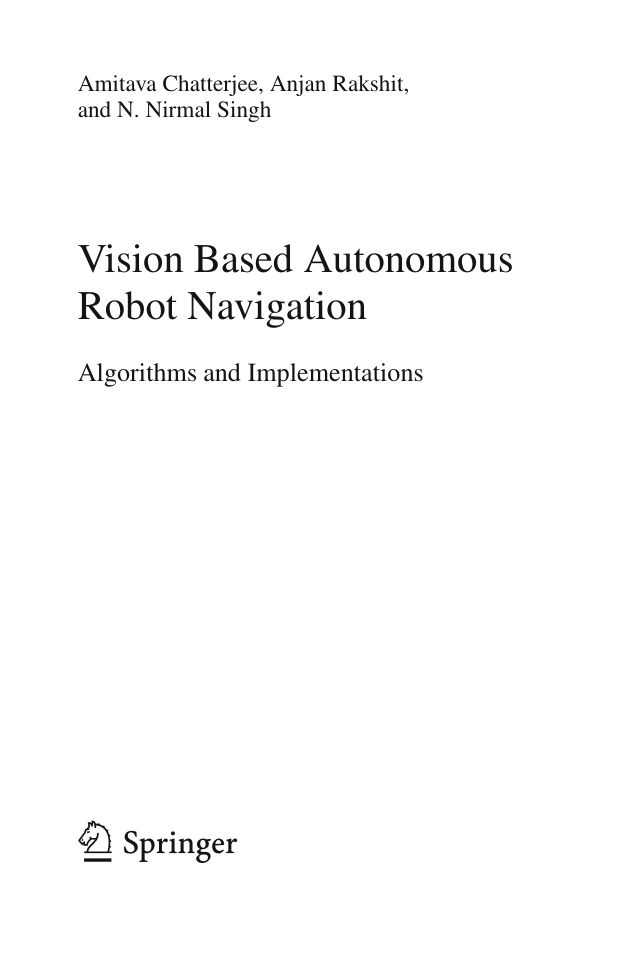
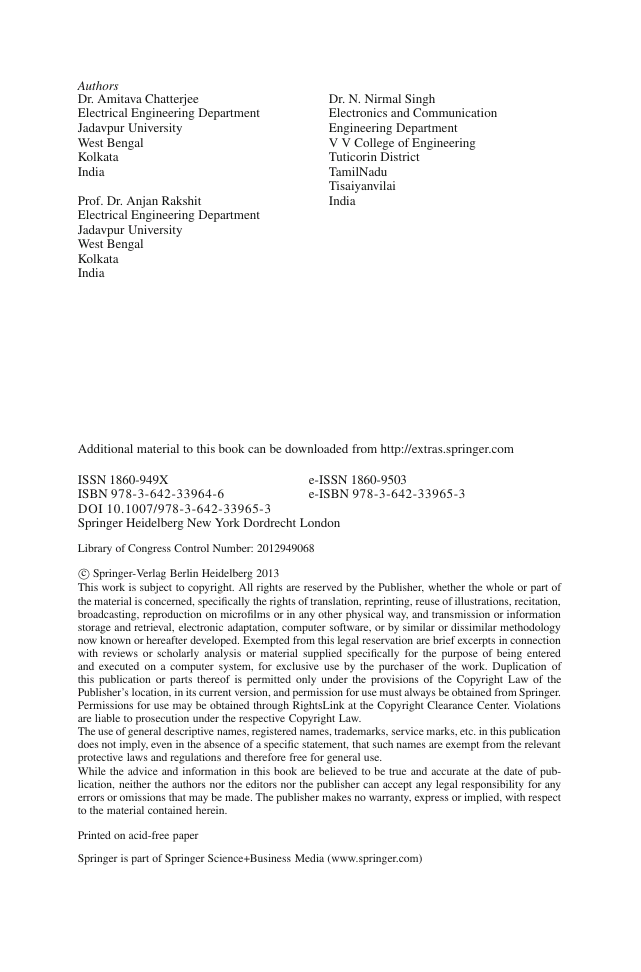


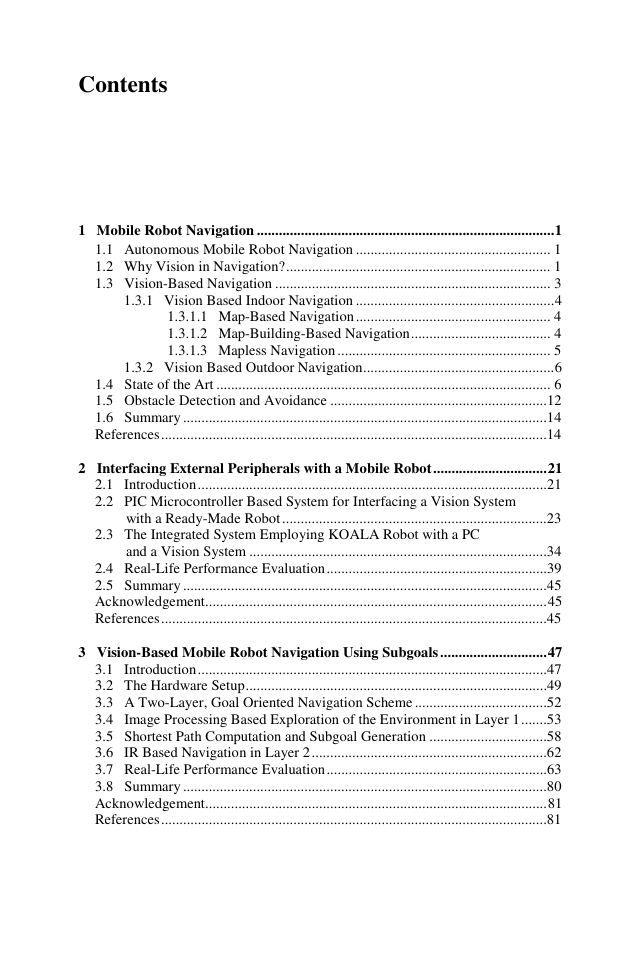
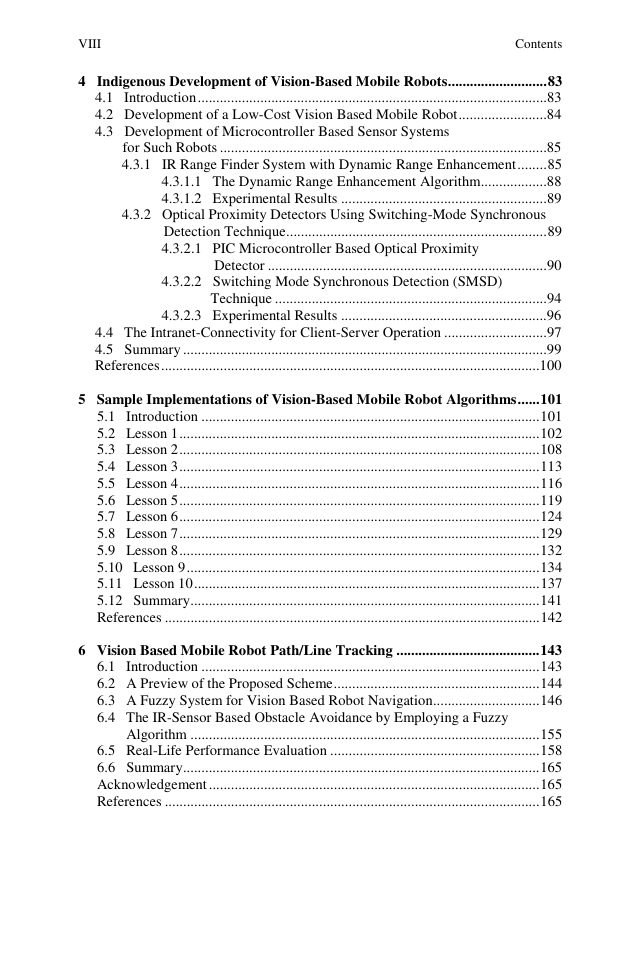
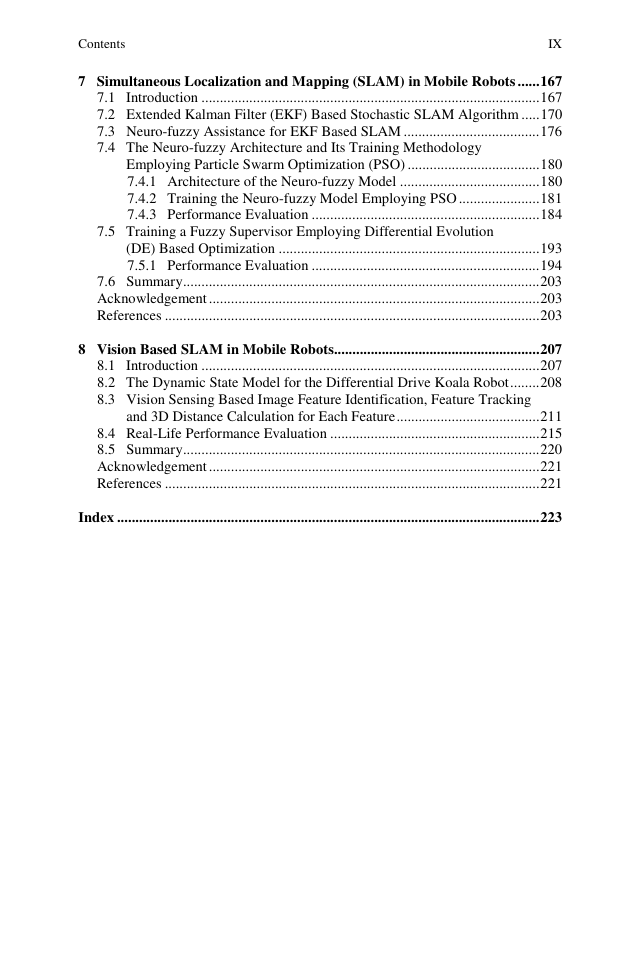








 2023年江西萍乡中考道德与法治真题及答案.doc
2023年江西萍乡中考道德与法治真题及答案.doc 2012年重庆南川中考生物真题及答案.doc
2012年重庆南川中考生物真题及答案.doc 2013年江西师范大学地理学综合及文艺理论基础考研真题.doc
2013年江西师范大学地理学综合及文艺理论基础考研真题.doc 2020年四川甘孜小升初语文真题及答案I卷.doc
2020年四川甘孜小升初语文真题及答案I卷.doc 2020年注册岩土工程师专业基础考试真题及答案.doc
2020年注册岩土工程师专业基础考试真题及答案.doc 2023-2024学年福建省厦门市九年级上学期数学月考试题及答案.doc
2023-2024学年福建省厦门市九年级上学期数学月考试题及答案.doc 2021-2022学年辽宁省沈阳市大东区九年级上学期语文期末试题及答案.doc
2021-2022学年辽宁省沈阳市大东区九年级上学期语文期末试题及答案.doc 2022-2023学年北京东城区初三第一学期物理期末试卷及答案.doc
2022-2023学年北京东城区初三第一学期物理期末试卷及答案.doc 2018上半年江西教师资格初中地理学科知识与教学能力真题及答案.doc
2018上半年江西教师资格初中地理学科知识与教学能力真题及答案.doc 2012年河北国家公务员申论考试真题及答案-省级.doc
2012年河北国家公务员申论考试真题及答案-省级.doc 2020-2021学年江苏省扬州市江都区邵樊片九年级上学期数学第一次质量检测试题及答案.doc
2020-2021学年江苏省扬州市江都区邵樊片九年级上学期数学第一次质量检测试题及答案.doc 2022下半年黑龙江教师资格证中学综合素质真题及答案.doc
2022下半年黑龙江教师资格证中学综合素质真题及答案.doc